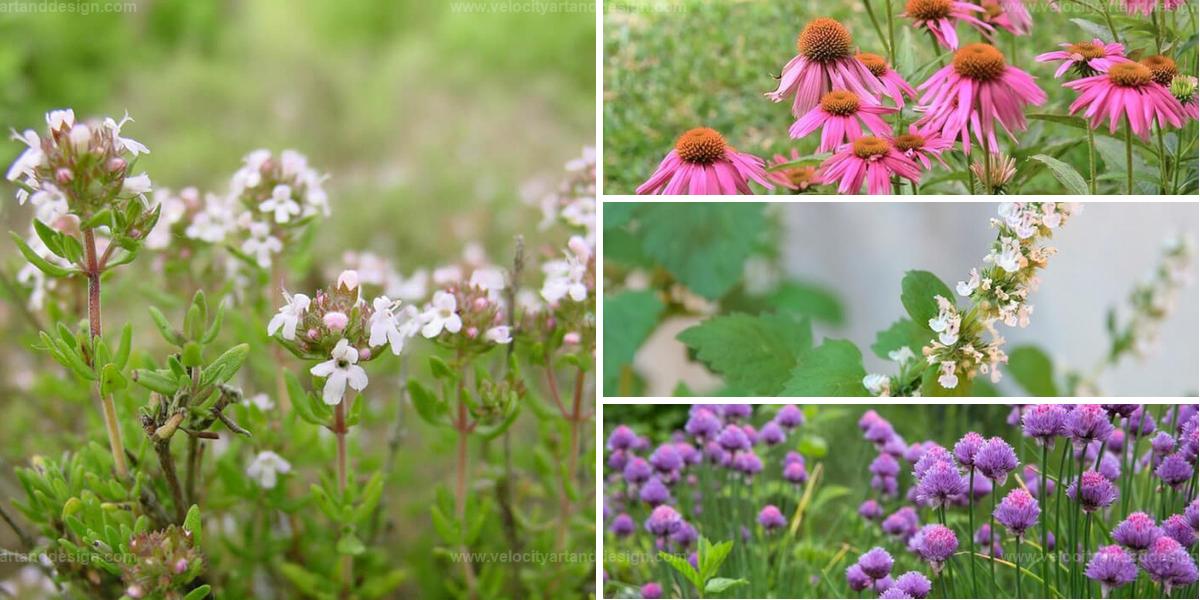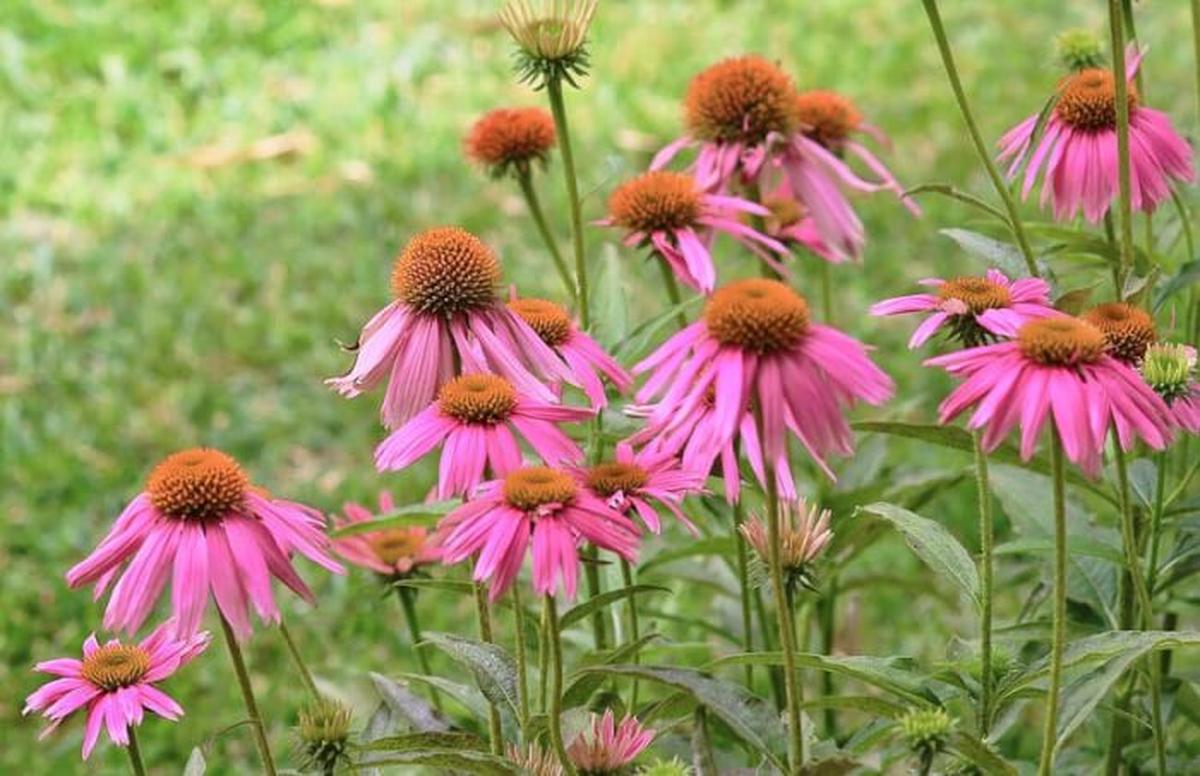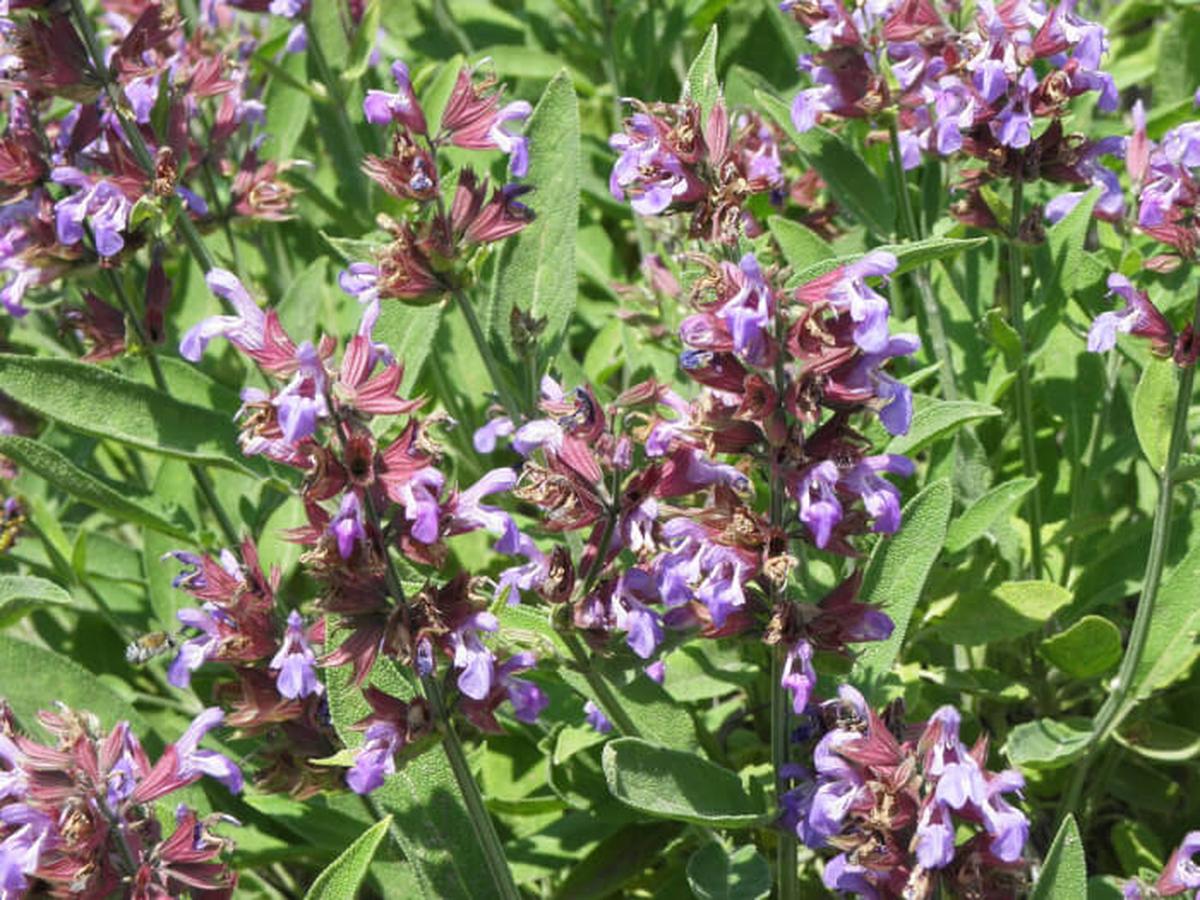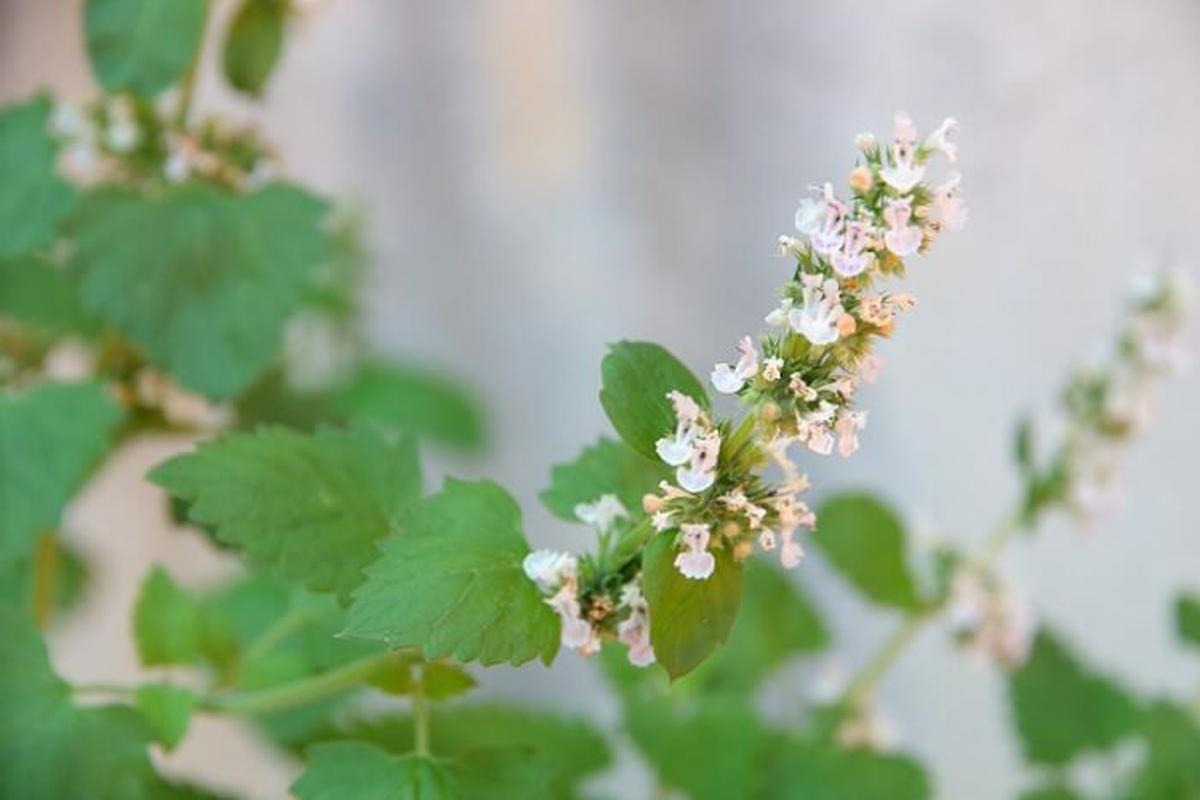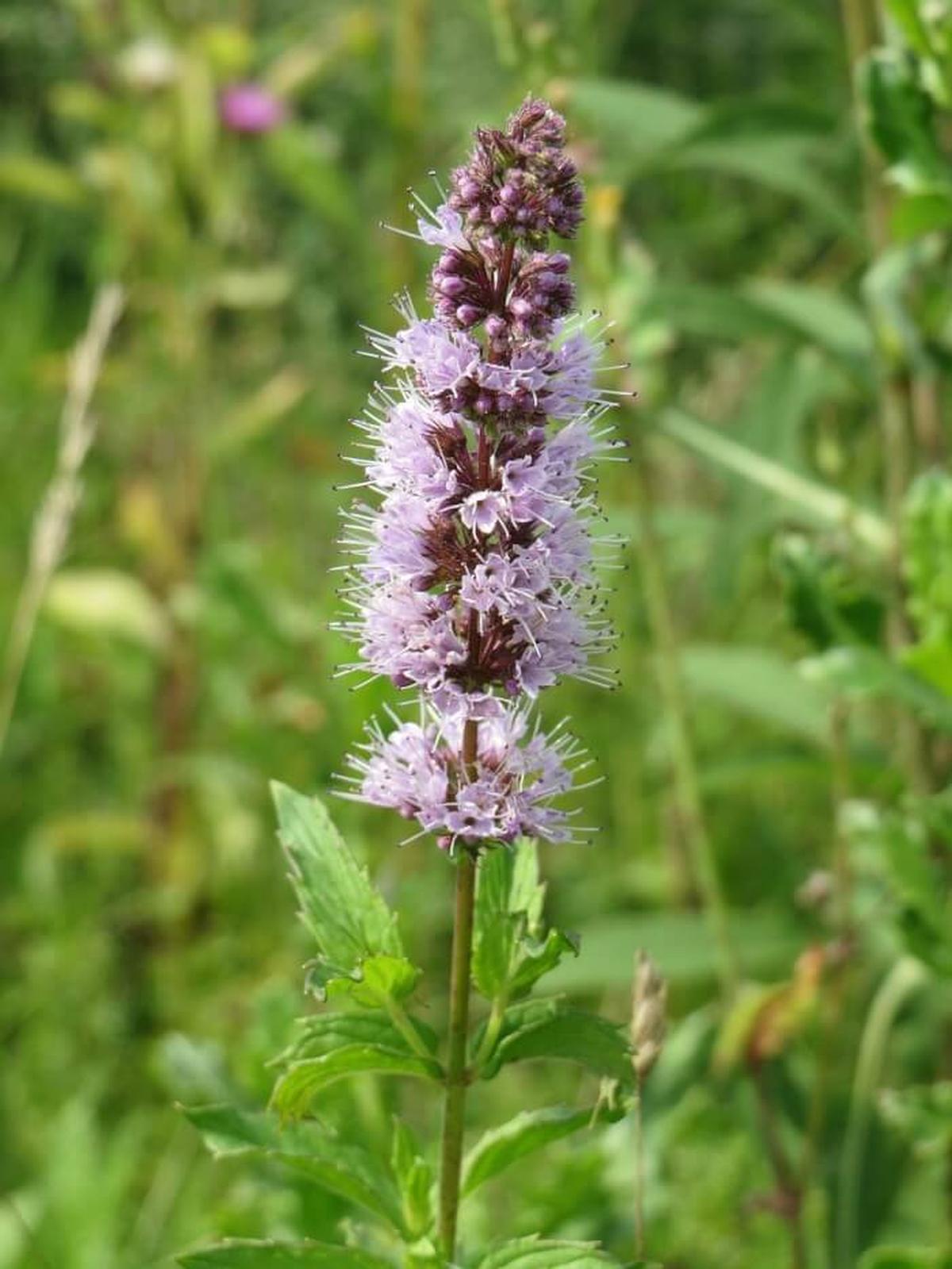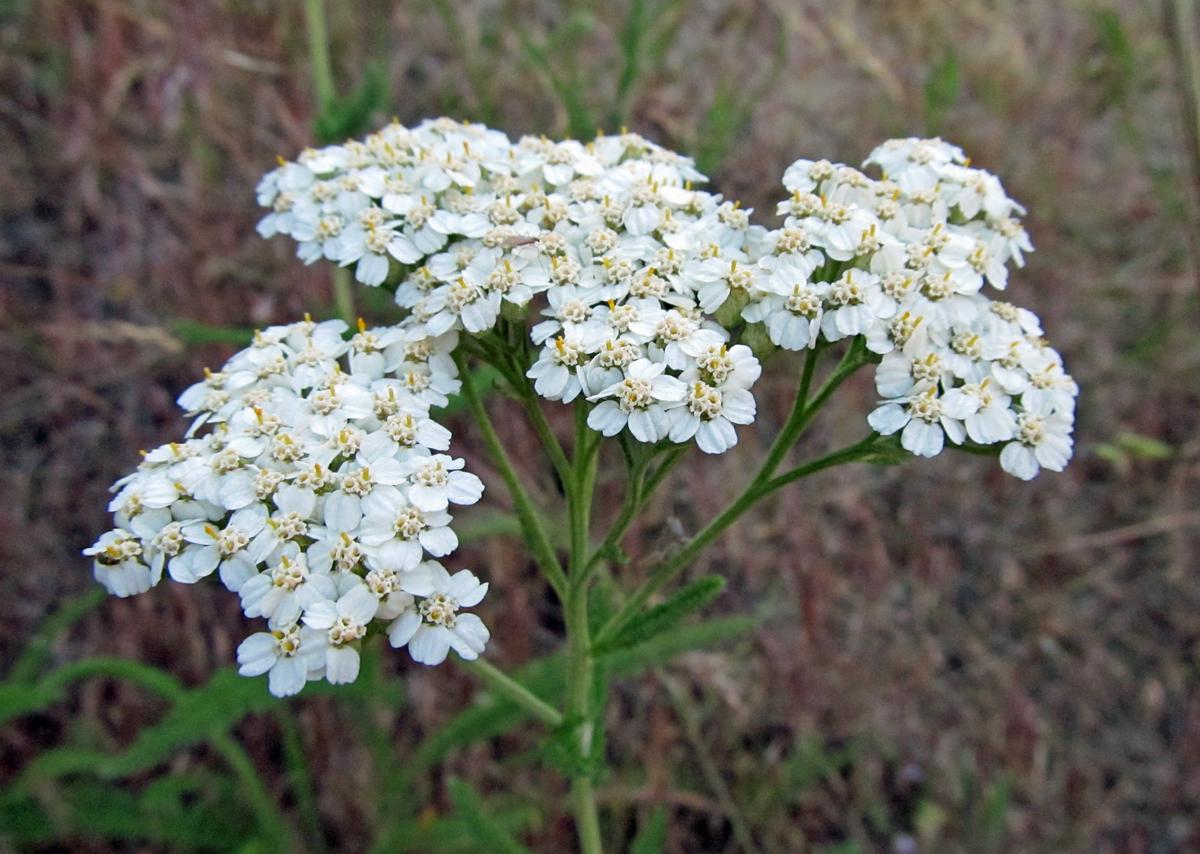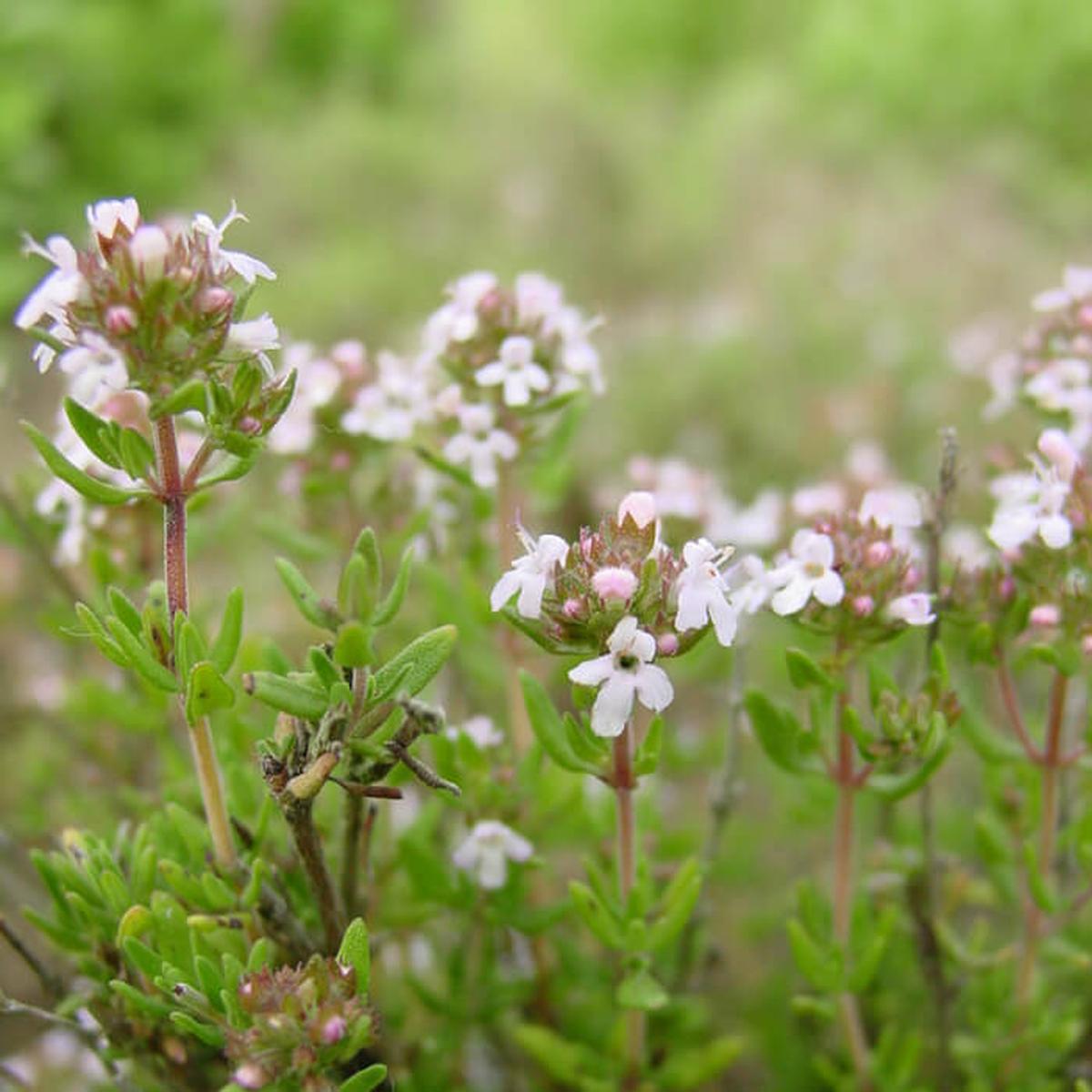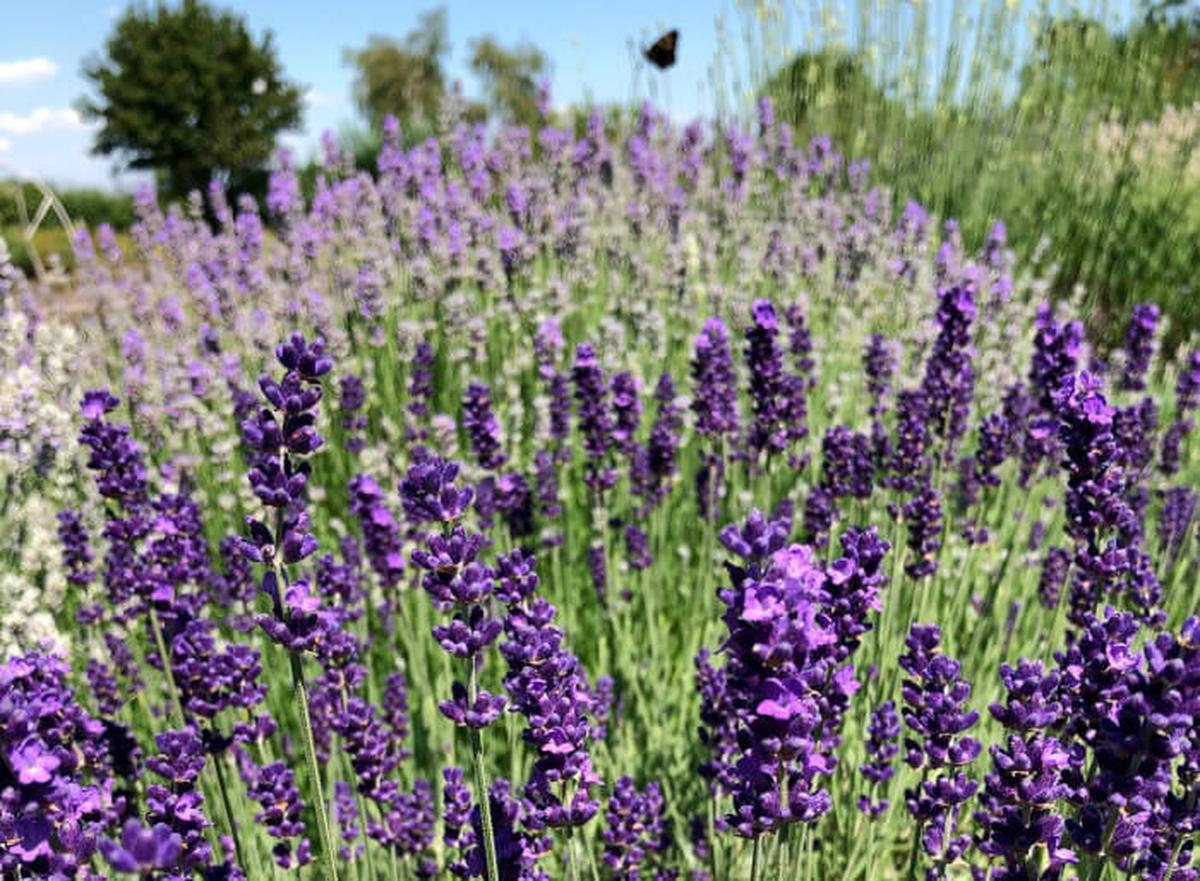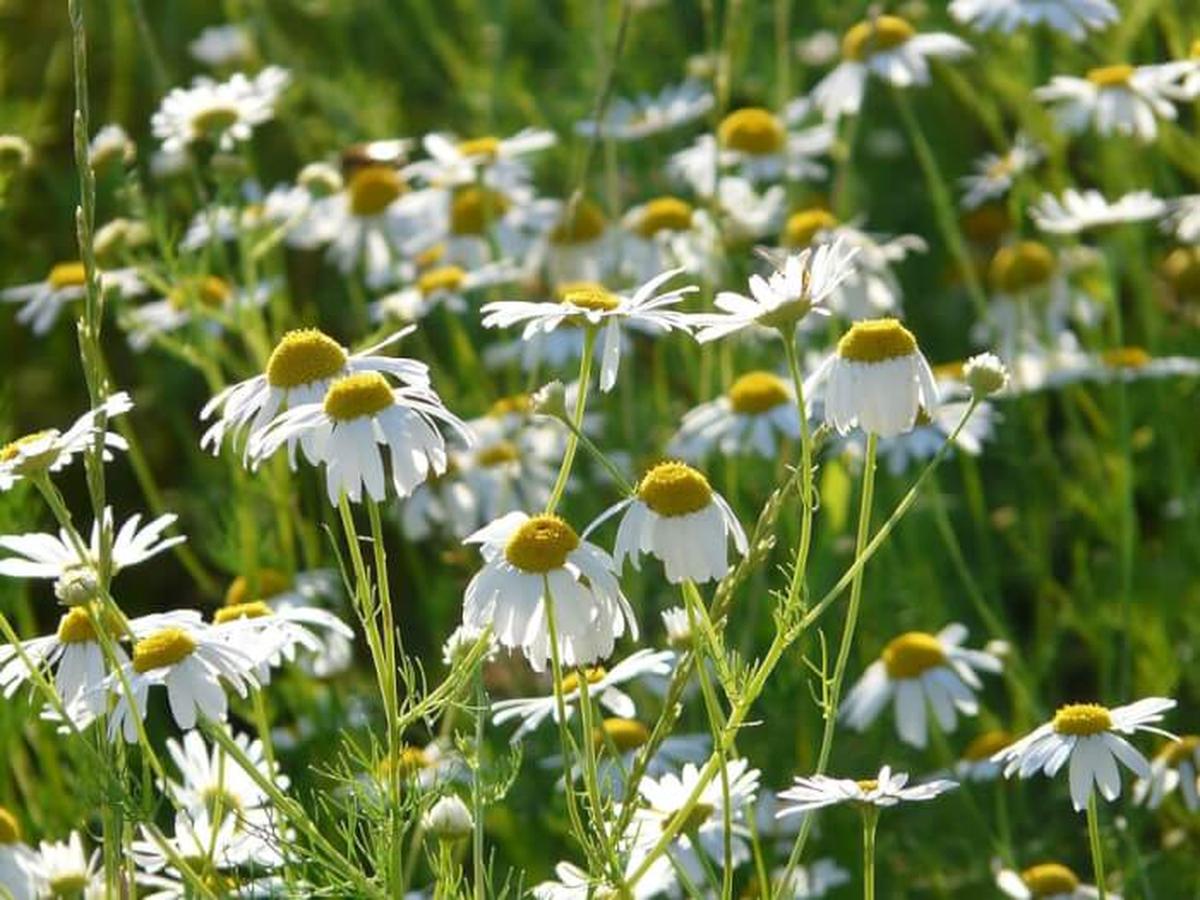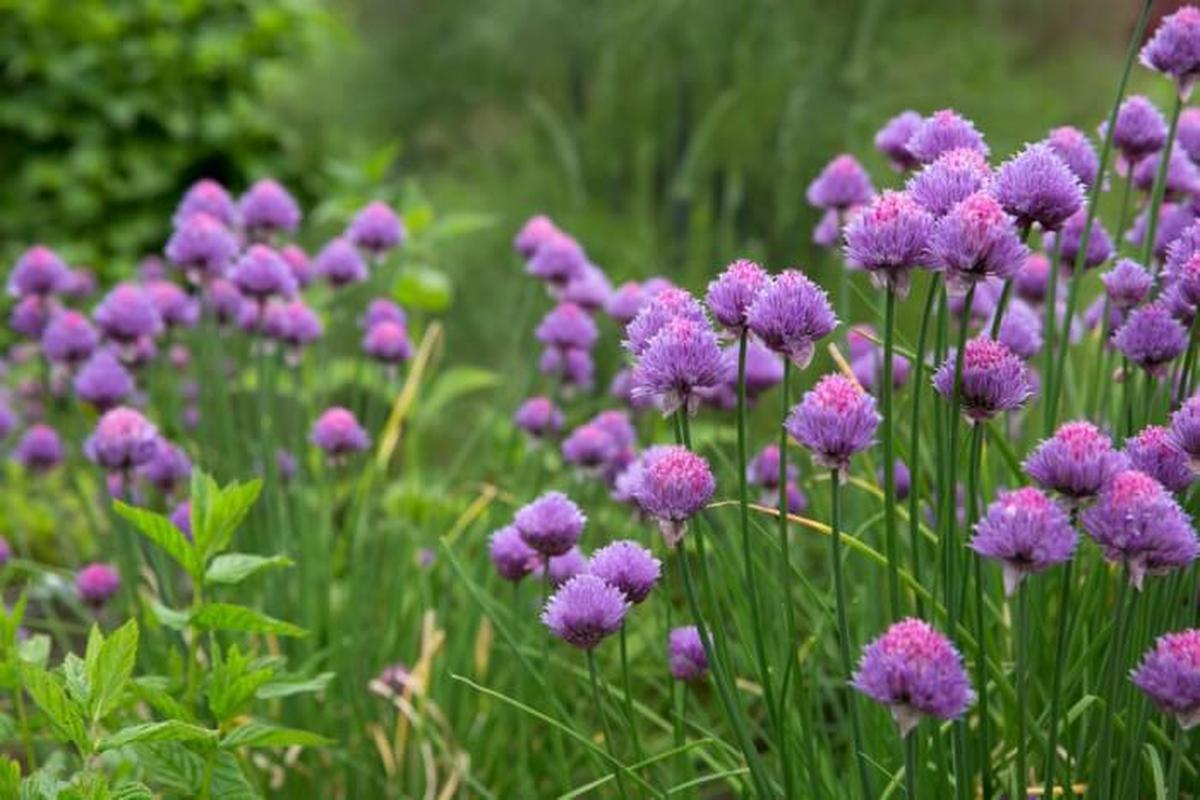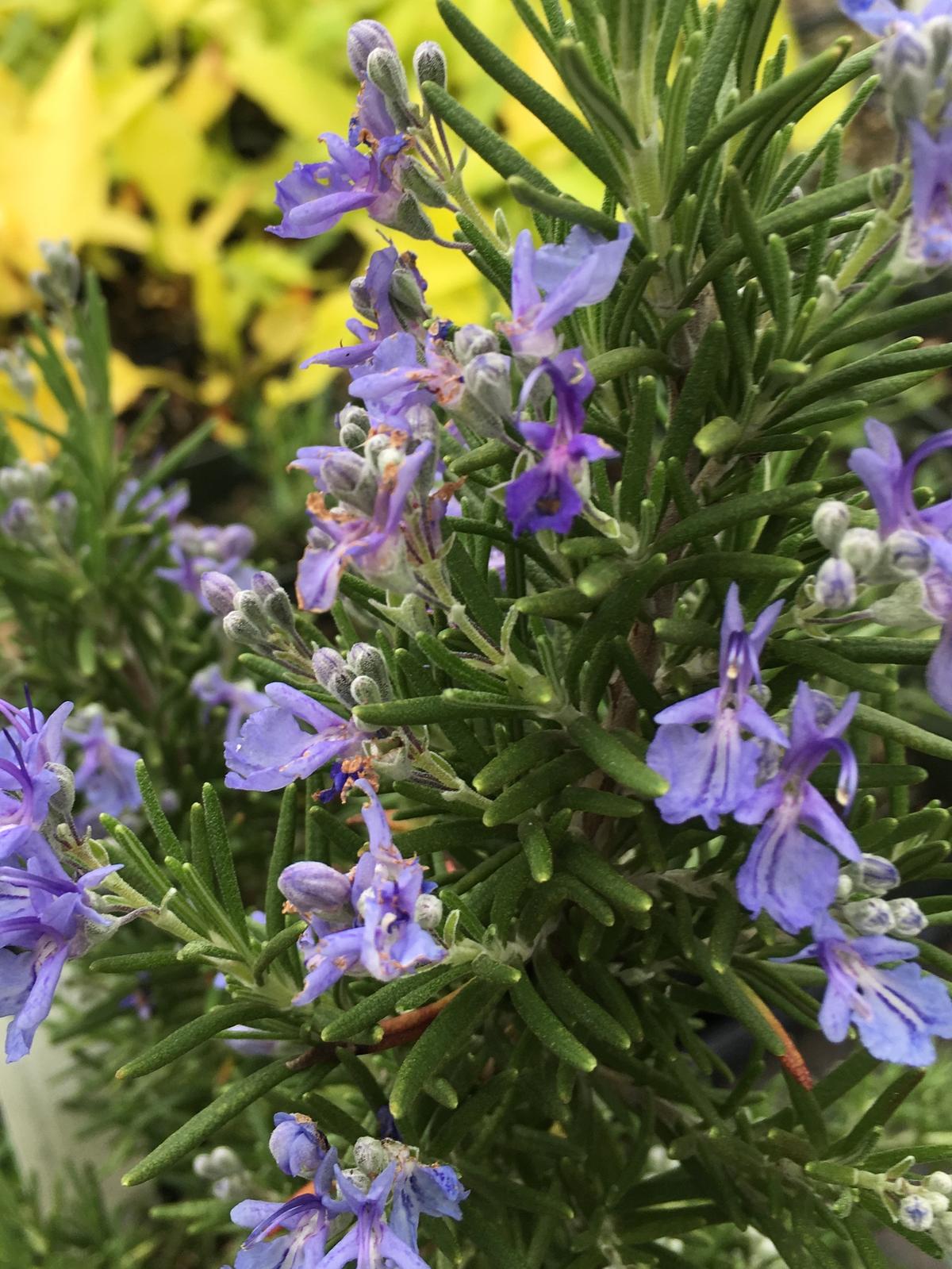10 Flowering Herbs to Beautify and Flavor Your Garden
Flowering herb plants combine beauty with functionality, bringing both color and flavor to gardens and kitchens. These plants enhance landscapes with delicate blooms, while also adding fresh tastes to culinary creations.
Known for their fragrance and appeal, flowering herbs attract beneficial pollinators, supporting a healthy ecosystem. Many varieties are easy to grow, making them suitable for all gardening skill levels.
Their dual purpose makes them a wonderful choice for any outdoor space. Here are 10 beautiful herb plants that offer both looks and flavor.
Echinacea (Echinacea Purpurea)
Echinacea, a stunning perennial herb, flourishes with vibrant blooms from summer through early autumn. This plant can soar to impressive heights of up to five feet, making it an eye-catching addition to any garden space.
While it thrives in full sunlight and requires minimal care, its striking appearance is sure to enhance your outdoor environment. The beauty of Echinacea lies not only in its height but also in the lively colors it brings during blooming season.
Planting this herb ensures you enjoy a spectacular display year after year without demanding much effort on your part.
Sage (Salvia Officinalis)
Sage, known scientifically as salvia officinalis, presents stunning purple blossoms that brighten gardens. In warmer climates, it thrives year-round as a perennial herb.
However, in cooler regions, you might cultivate it as an annual to enjoy its vibrant beauty. During chilly winter months, applying mulch around the plant can help protect its roots from frost damage.
This versatile herb not only adds color but also enhances culinary dishes with its aromatic flavor profile.
Catnip (Nepeta Cataria)
Catnip, known scientifically as nepeta cataria, is a wonderful addition to any garden.
With its striking spiky blooms and soft green leaves, this herb can reach heights of three to four feet.
To manage its growth and prevent it from dominating your outdoor space, consider keeping it potted indoors.
Not only does cultivating this plant brighten your surroundings, but you also provide a delightful treat for your feline friends; the effects on cats range from joyful excitement to soothing calmness.
Mint (Mentha Spicata)
Mint, a flowering herb known for its refreshing aroma, thrives effortlessly in various conditions. Cultivating it in pots or containers prevents this vigorous plant from overtaking your garden space.
Whether basking under full sun or enjoying partial shade, mint flourishes beautifully and adds an invigorating touch to any setting. With minimal care required, you can enjoy fresh leaves for culinary delights anytime.
This versatile herb is truly a gardener's delight!
Yarrow (Achillea Millefolium)
Yarrow, known scientifically as Achillea millefolium, is a remarkable perennial herb that can grow impressively tall at 4 feet. This resilient plant thrives in various conditions, showcasing its ability to withstand both frost and drought.
With flower clusters tightly arranged in hues of pink, white, red, or yellow, yarrow not only beautifies gardens but also draws beneficial pollinators like butterflies and bees. Its low maintenance requirements make it an excellent choice for those seeking vibrant flora without extensive care demands.
Adding yarrow enriches any garden with color while supporting the local ecosystem through increased insect activity.
Thyme (Thymus Vulgaris)
Thyme, a resilient herb known scientifically as Thymus vulgaris, thrives in sunny spots and can reach heights of 15 inches. This perennial plant grows rapidly and showcases delightful small purple blooms throughout its life cycle.
Its fragrant leaves not only enhance culinary dishes but also contribute to gardens with their aromatic presence. You might appreciate how easy it is to cultivate thyme, making it an excellent choice for both novice and experienced gardeners alike.
Incorporating this versatile herb into your outdoor space adds beauty while offering flavorful benefits for various recipes.
Lavender (Lavendula)
Lavender, known scientifically as Lavendula, is a stunning plant that flourishes under bright sunlight. Its enchanting purple blooms release soothing aromas that enhance any garden space.
The blooming season typically spans from late spring to summer, offering vibrant color and fragrance during these months. You can cultivate this delightful herb through either seeds or cuttings, making it versatile for gardeners of all levels.
Growing lavender not only beautifies your surroundings but also brings tranquility into your life with its calming scent.
Chamomile (Matricaria Recutita / Matricaria Chamomilla)
Chamomile, recognized for its attractive yellow and white blooms, thrives effortlessly in diverse conditions. This resilient herb tolerates dry spells and flourishes under both sunlight and partial shade.
Its minimal care requirements make it a favorite among gardeners seeking beauty without excessive effort. Adding chamomile to your garden not only enhances its visual appeal but also introduces a fragrant element that can uplift any space.
Whether you grow it for aesthetic reasons or potential herbal benefits, this plant is sure to impress with its versatility.
Chives (Allium Schoenoprasum)
Chives, known scientifically as Allium schoenoprasum, are a versatile herb appreciated for their tall green leaves and delicate pink blossoms. This culinary favorite enhances various dishes with its mild onion flavor.
Growing chives is straightforward; whether indoors or outdoors, they thrive beautifully in sunny spots. Their appealing appearance makes them not just functional but also visually attractive in any garden setup.
Incorporating this herb into your meals can elevate everyday cooking to new heights of taste and presentation.
Rosemary (Salvia Rosmarinus)
Rosemary, known scientifically as salvia rosmarinus, is a resilient herb that thrives in various settings. Its small purple or blue blossoms add beauty to any garden space.
This versatile plant adapts well to pots and containers, making it convenient for indoor cultivation during the colder months. Growing rosemary not only beautifies your home but also provides fresh herbs for cooking year-round.
You’ll appreciate its fragrant leaves while enjoying the ease of care it demands.

